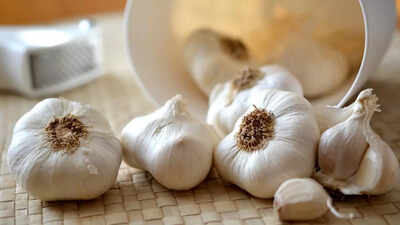Rare monsoon flowers of India: 5 wildflowers that only bloom in rainy season |
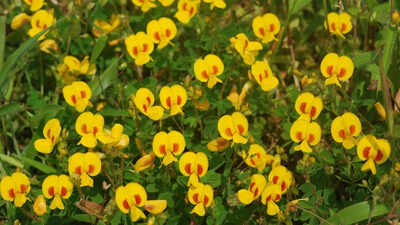
With the arrival of the monsoon, parched landscapes across India begin to shift. Rain-soaked hills, forests, and plateaus come alive with bursts of colour as seasonal wildflowers make their brief appearance. These delicate blooms, found in biodiversity hotspots like the Western Ghats and Himalayan slopes, are more than just scenic—they signal ecological balance and are tied to local traditions. Fleeting and rare, these monsoon flowers embody the short-lived splendour of the rainy season. Here are five that truly reflect the magic of this time of year.
5 rare monsoon wildflowers of India
Neelakurinji
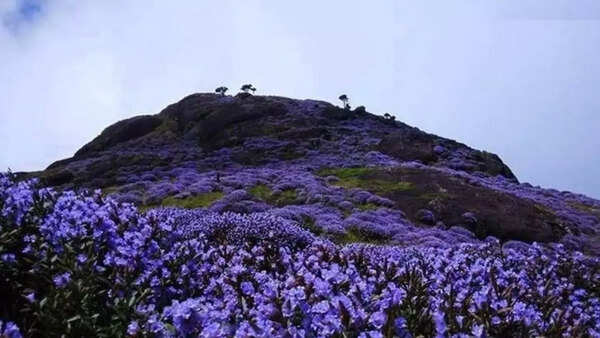
Neelakurinji ( Strobilanthes kunthiana ) is one of India’s most extraordinary botanical wonders, found in the shola grasslands of Kerala’s Munnar and Eravikulam National Park as well as parts of Tamil Nadu. This purplish-blue flower blooms en masse only once every twelve years in a phenomenon known as gregarious flowering, with the last spectacle occurring in 2018 and the next expected in 2030. Researchers report that this synchronized bloom is triggered by a combination of monsoon rainfall patterns and cooler winter temperatures; a study in the Journal of Tropical Ecology demonstrated a strong correlation between pre-bloom precipitation levels, minimum winter temperatures, and flowering intensity.
Flame Lily
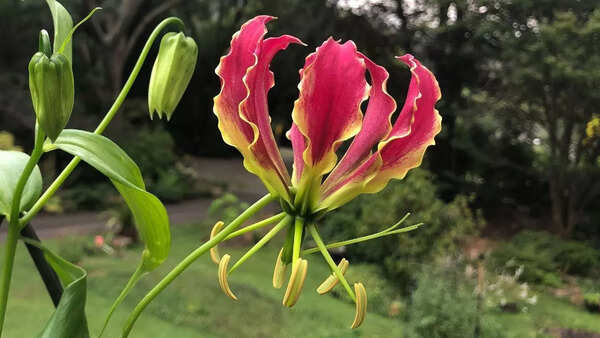
Flame Lily (Gloriosa superba) is common across the Western Ghats—particularly in Kerala, Karnataka, and Maharashtra—where its curled petals of fiery red and yellow light up the landscape from June to August. Beyond its dramatic appearance, this climber has long been valued in traditional medicine, and modern phytochemical research has identified colchicine and other bioactive alkaloids in its tubers and stems. These compounds, while offering potential therapeutic benefits for conditions such as gout, also make the plant highly toxic if ingested improperly.
Smithia hirsuta
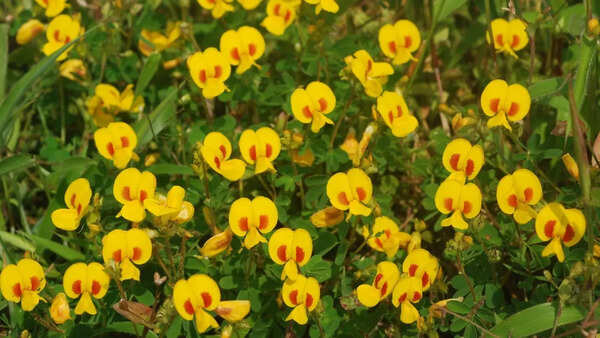
Smithia hirsuta blankets the lateritic plateaus of Maharashtra’s Kaas Valley—the so-called “Valley of Flowers of the Western Ghats”—from July through early October, creating a golden carpet of small yellow blooms dotted with reddish spots. Ecologists consider Smithia hirsuta an important indicator of monsoon ecosystem health, as it attracts a diverse array of pollinators; a 2021 survey by the Western Ghats Biodiversity Institute recorded over twenty insect species visiting its flowers during a single flowering season.
Pink Balsam
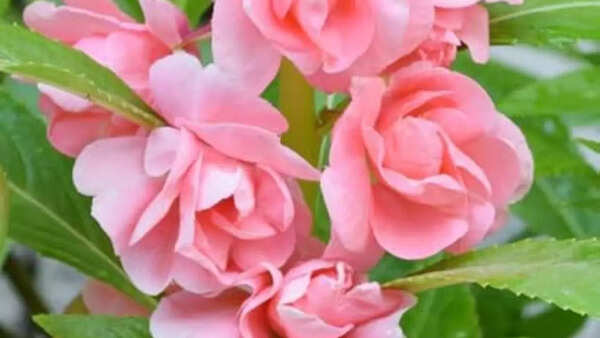
Pink Balsam species ( Impatiens spp.) thrive in the moist undergrowth of evergreen forests in Kerala, Karnataka, and Tamil Nadu, blooming from June to September along shaded trails and near waterfalls. Their delicate, lantern-like pink blossoms are highly sensitive to microclimate conditions, It is found that Pink Balsam abundance declines sharply when canopy humidity drops, underscoring their role as natural bioindicators of forest moisture.
Brahma Kamal
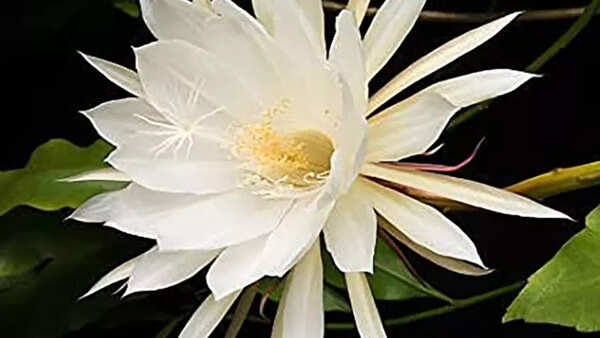
Brahma Kamal (Saussurea obvallata), best known from high-altitude meadows in Uttarakhand’s Valley of Flowers, Hemkund Sahib, and Roopkund, blooms briefly—and almost exclusively at night—between July and September before wilting by dawn. Revered in Hindu mythology and often offered in temple rituals, this alpine flower survives freezing temperatures by producing specialized antifreeze proteins. Also Read: 5 interior design tricks to make small spaces look bigger and brighter





